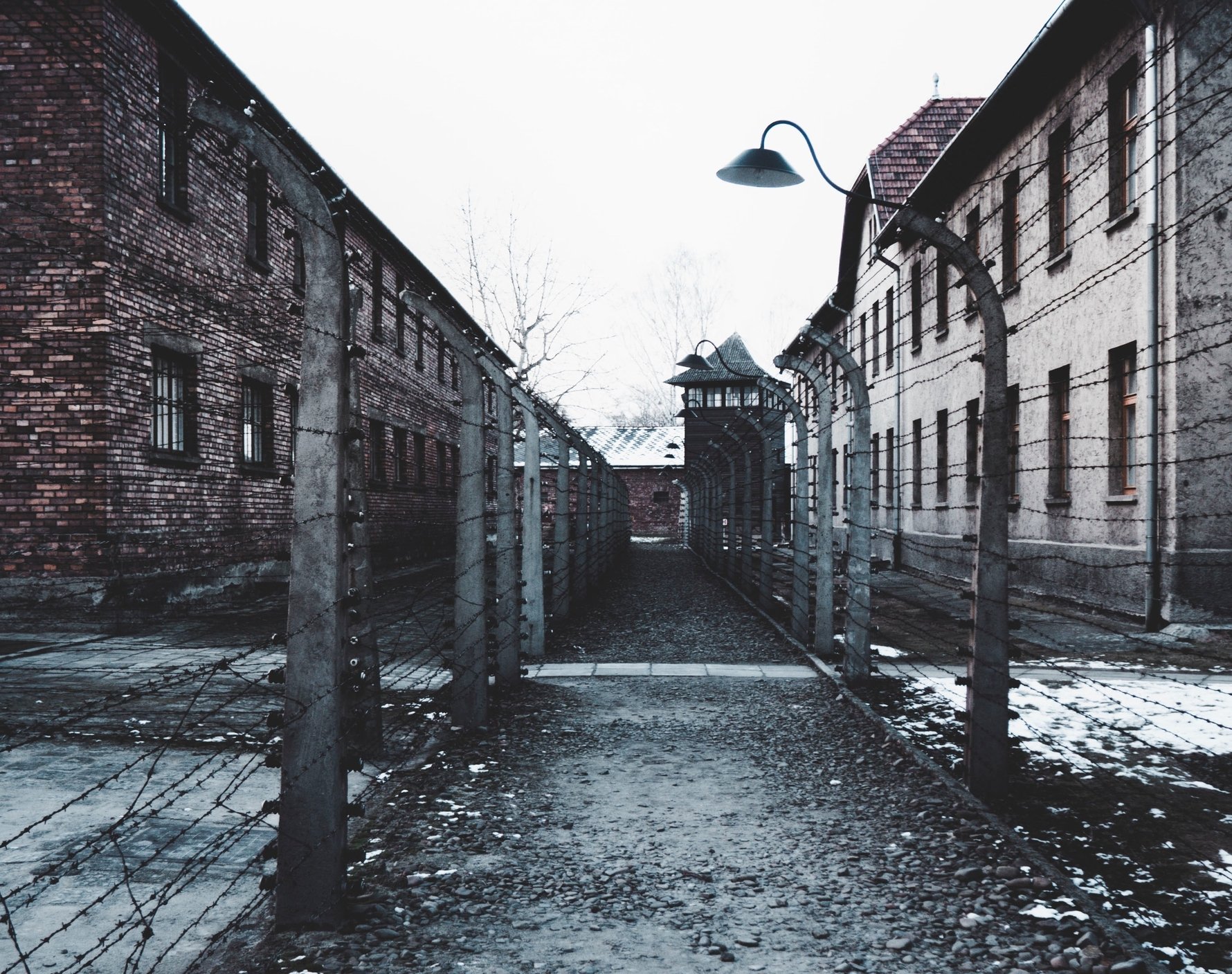
SKULL CHAPELS & CRYPTS
Every human life lost sees the organic matter of the flesh fade away, leaving a rather impressive set of bones and a pretty-white skull! Around the country, there are a number of macabre collections of boney smiles that furnish some quaint little spaces of religious worship. The most impressive of these is Kaplica Czaszek (literally 'The Skull Chapel') near the Polish-Czech border in Czermna, where over 3,000 skulls and bones decorate this tiny space, lining the walls and hanging off the ceilings. The project was undertaken in the 18th century by parish priest Václav Tomášek, who saw this spooky spectacle as the only way to remind locals of the horror of the wars and epidemics of the previous century. His own remains are kept in the glass case by the altar. Truly macabre.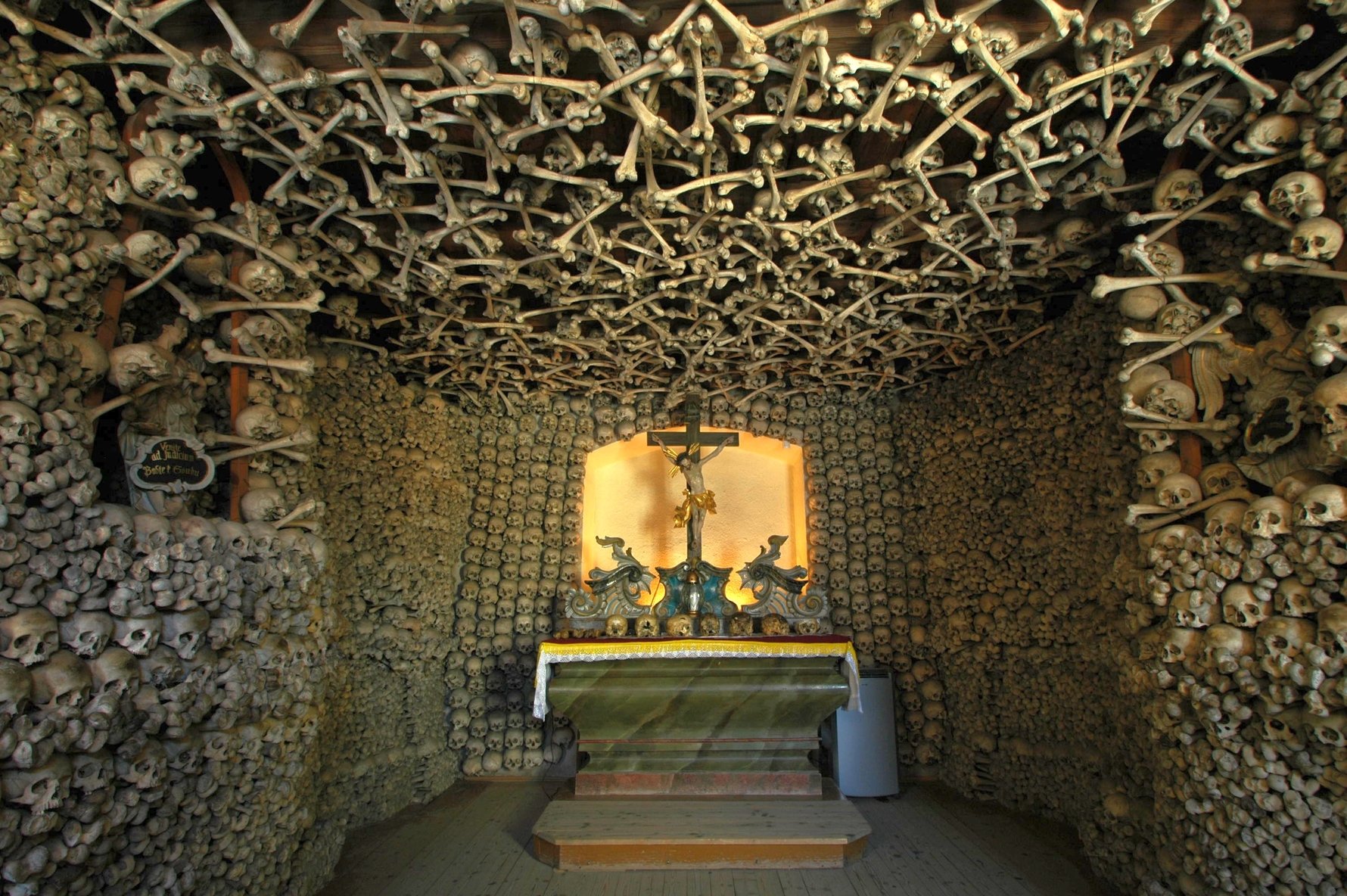
Up north in Gdańsk, a mysterious and ancient ossuary was discovered as recently as 2010. Renovations at St. Bridget's Church revealed a previously unknown crypt with the inscription 'Memento Mori' and hundreds of bones stacked inside. Research attempting to date the remains and unlock its origins are ongoing, but the so-called 'Crypt of Skulls' is now open to the public!
PYRAMIDS & MUMMIES
Surely you didn't come to Poland to visit the pyramids, but there are a couple places in PL where you can do just that. Near the small town of Rapa, 120km northeast of the Mazurian city Olsztyn on the border with Kaliningrad, you’ll find a pyramid dating from 1811. Modelled on the Gaius Cestius pyramid in Rome, the odd structure is 15.9m tall and was commissioned by Prussian nobleman Friedrich von Fahrenheid to serve as the von Fahrenheid family crypt. Standing not in a cemetery, but in solitude along a footpath in the middle of the Romnicka forest, the eerie tomb is akin to something you’d read about in the works of Edgar Allan Poe, but that's not what's creepiest about this site.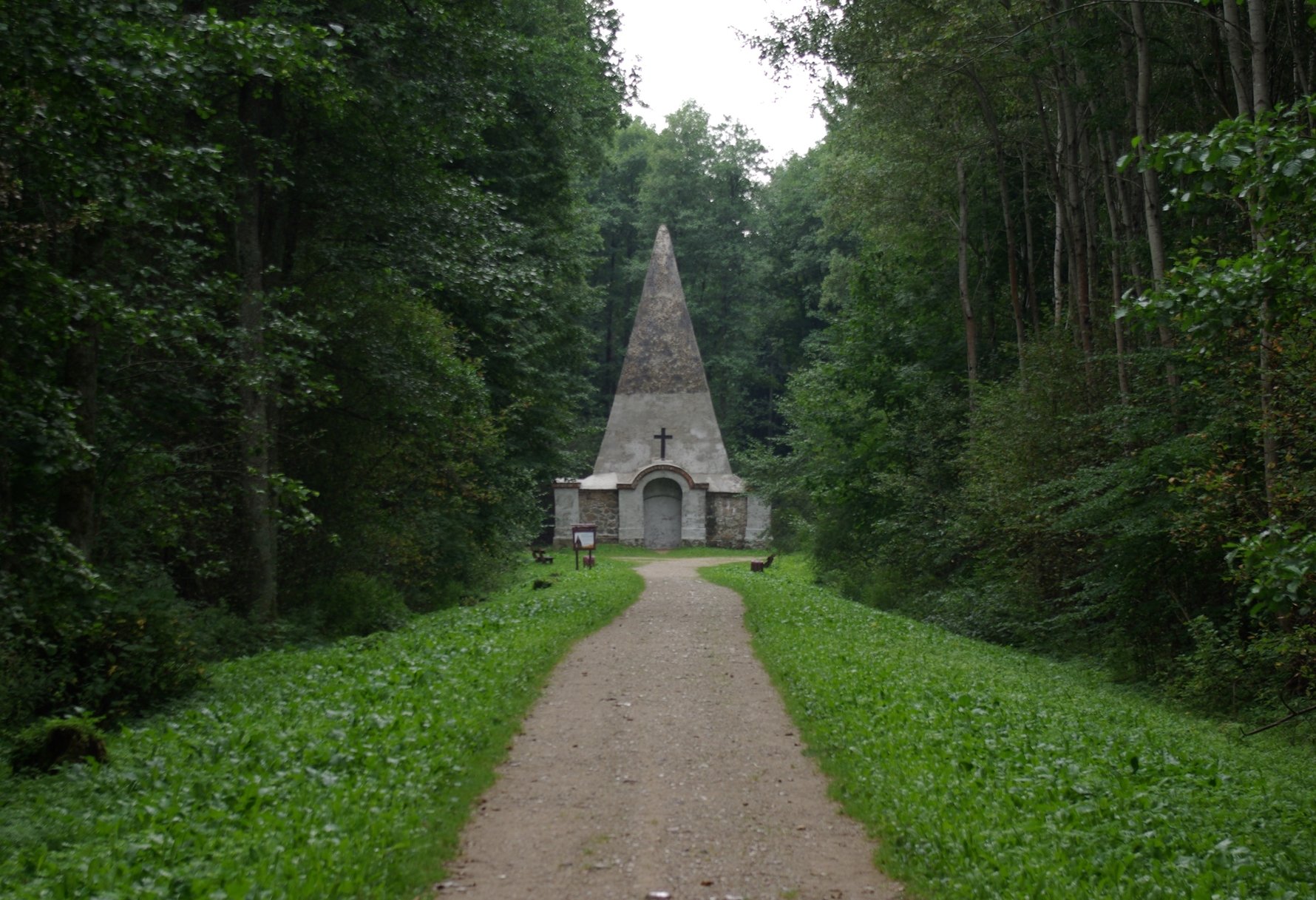
Obsessed with ancient Egyptian culture and rituals, particularly those regarding death and the afterlife, von Fahrenheid had the bodies of his family mummified before they were interred, beginning with his three-year-old daughter, Ninette; seven family members were mummified and buried here in total, including Baron Friedrich von Fahrenheid himself in 1849. But it gets weirder still. At the end of WWII, the Red Army raided the pyramid looking for treasure; finding none, they destroyed the crypt, desecrated the coffins and even decapitated the mummies. Throughout the Soviet period the crypt remained in absolute disarray, and even accessible to outsiders with the bodies of the headless mummies lying about. During this time numerous spooky legends about the history and fate of the family sprang up, as locals blamed various blights, plagues and catastrophes on the headless bodies that refused to decompose, or even on the missing heads themselves. It wasn't until the 1990s that the locals undertook renovating and cleaning up the mausoleum, but left the headless mummies on display to be seen through the windows of the structure. In 2008 the Rapa pyramid was added to the national register of historical monuments and the Polish government invested in preserving the site, including resealing the tombs and carrying out archaeological works. Visitors today can still see inside the pyramid through the barred windows, but you won't see any headless bodies on display.
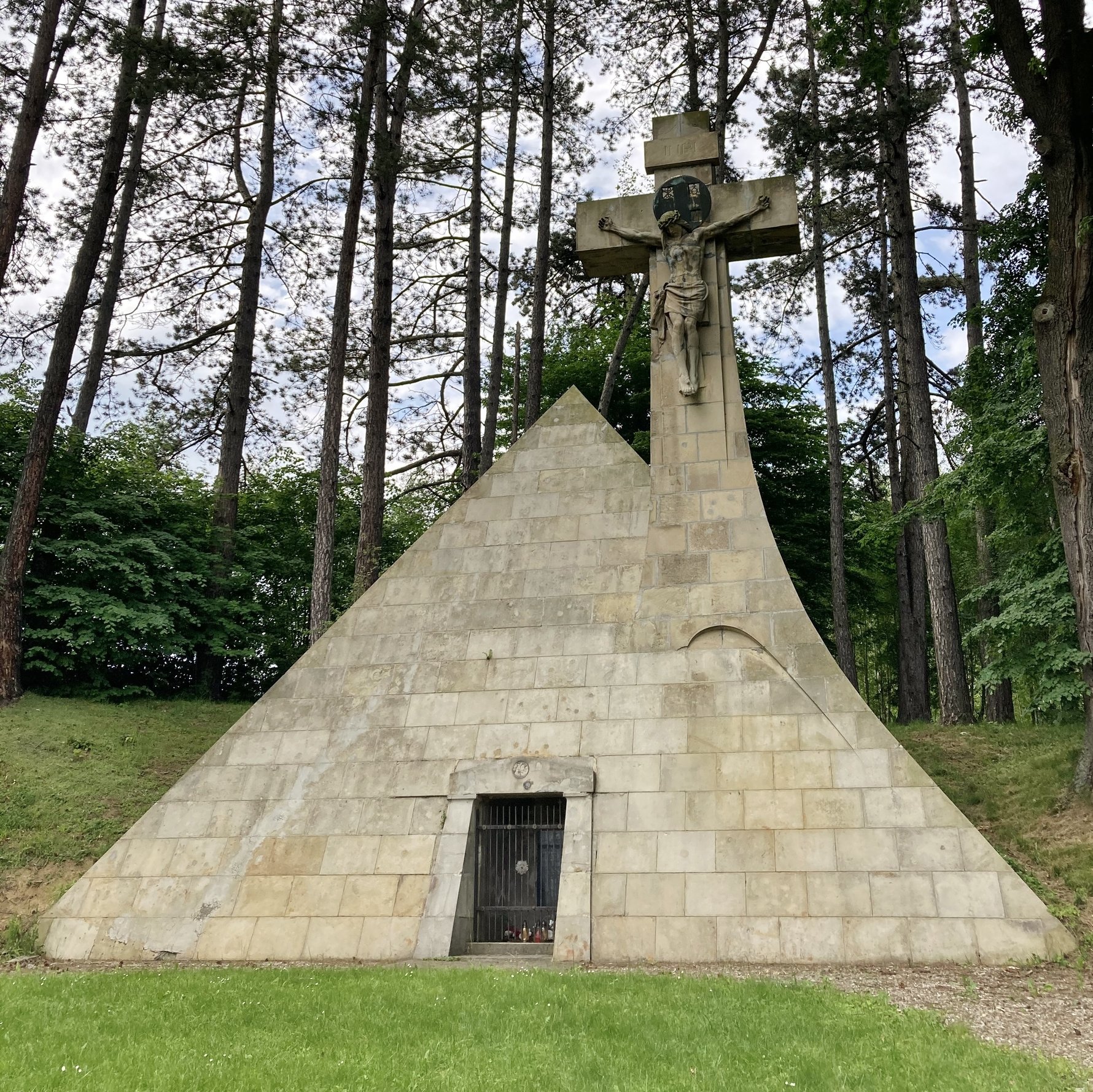
POLISH BLACK METAL
Known for its demonic vocal style, chainsaw guitar tone and lo-fi production qualities that all underlie the overall lyrical concept of satanism and the occult, Black Metal originated in Norway but didn't take long to send ripples across the Baltic. In Poland, however, bands in the genre have not only dialed-up the intensity but have also taken the visual side of things to the next level. Behemoth from Gdańsk have been so successfully-shocking in both their stage performances and their incredibly-blasphemous music videos (on a level that neither Marilyn Manson nor Rammstein could ever hope to achieve) that they are now Poland's largest musical export! However, the controversy has also given the ultra-conservative Polish government plenty of excuses to go after them on blasphemy charges and they have unsuccessfully been banned from performing in their home country. A less-controversial but no-less-creepy band from Białystok are Batushka. They draw a lot of inspiration from the Eastern Orthodox church and perform as faceless priests in schemas whilst the singer conducts their own dark version of an orthodox mass! The faceless member thing is also the gimmick of Mgła (ENG: Fog) from Kraków, though the shock factor is much less present. Nevertheless, for the uninitiated, all of the above bands tend to give nightmares to traditional music-lovers and concert-goers!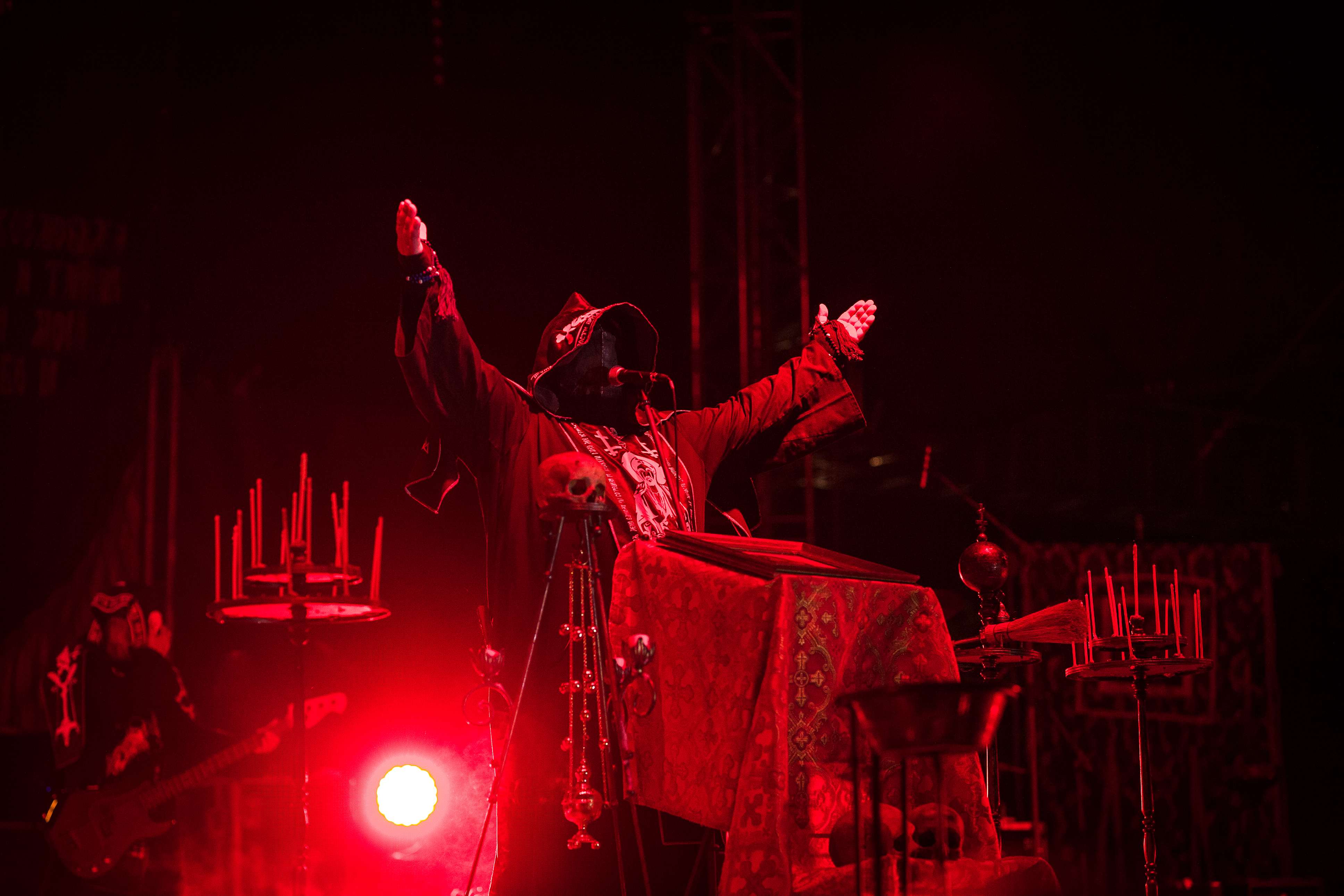
CANNIBALS & VAMPIRES
There are serial killers in every nation on earth and Poland has an impressive record of its own, including a number of 'vampires' (guys that like to murder women). Karol Kot, the Vampire of Kraków, did actually have stronger qualifications, however, as he visited abattoirs at a young age and enjoyed drinking still-warm pigs' blood! Cannibalism has also popped up a few occasions. Arguably the most infamous of these was Karl Denke, who operated around Ziębice (near Breslau - now Wrocław).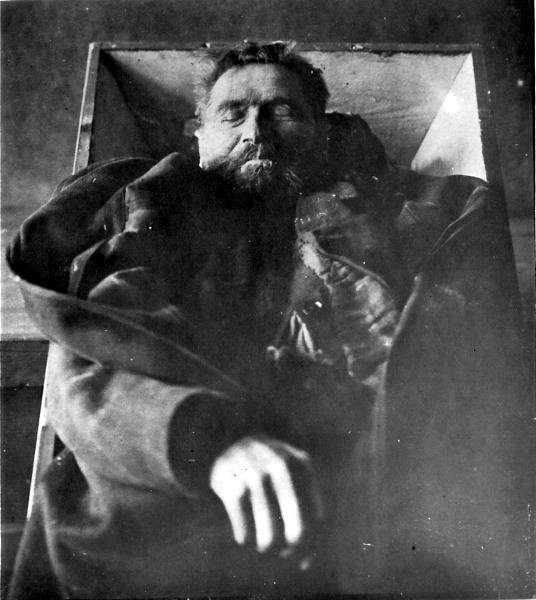
There is also a town called Złe Mięso (ENG: Bad Meat) in Pomerania, which takes our pick for the Weirdest Place Name in the Poland and this is no accident. In the 15th century, the town was the site of a tavern, in the vicinity of which several disappearances had been reported to the local authorities. Following an investigation, it was revealed that the owner of the tavern had been murdering guests and serving the meat to other patrons! Despite the dark revelations, the name has remained to this day.
DROWNING MARZANNA
Despite the strong Catholic character of modern Poland, some pagan traditions have endured and the most blithely bizarre and eyebrow-raising is the spring equinox celebration known as the Drowning of Marzanna (PL: Topienie Marzanny). Marzanna is the Polish incarnation of the old Slavic goddess of winter, plague and death and, fearing her icy grasp, the best way for superstitious Slavs to protect themselves is to encourage the timely arrival of spring by partaking in an old-fashioned witch-burning, followed by a drowning (just for good measure). This tradition has since evolved into a Polish children's activity, where they take pride in making their own effigy at home or in school, which they will then beat, stomp on, burn (with parental supervision, of course) and throw into their local waterway. Slightly disturbing to say the least!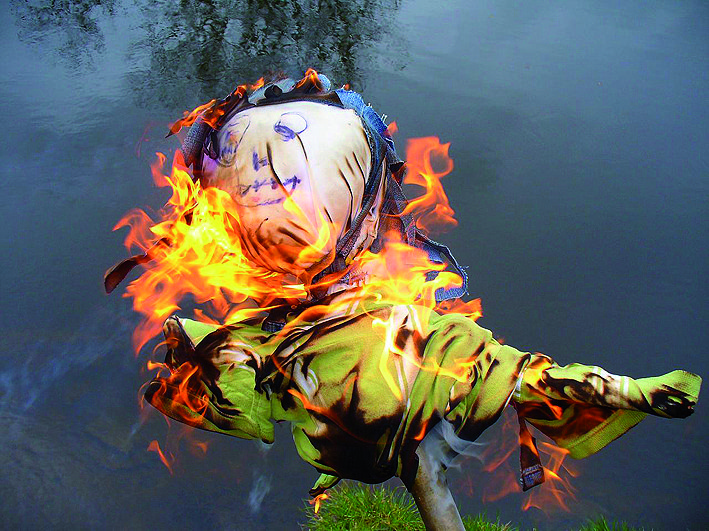
ZOFIÓWKA SANATORIUM
In 2015, a disturbing video of a plague doctor in a derelict psychiatric hospital went viral all over the internet. Titled '11B-X-1371' the video had been received by a Swedish blogger from an non-specific address in Poland. After a visual artist finally claimed to be its author, the location of his 2-minute trauma piece became a place of interest for dark tourism. The history of Zofiówka Sanatorium, 23km south-east of Warsaw, is harrowing to say the least. After functioning as a standard mental health facility in the 1920s, the Nazi invasion of Poland saw Zofiówka turned into the centre of a ghetto for the local Jewish population. Between 1939 and 1942, several hundred patients starved to death. In the last two years of the war, as part of Nazi Party's policy of Germanisation, it served as an orphanage for Polish children who were waiting to be passed on to German families. From 1985 the facilities were used to treat neuropsychiatric disorders associated with drug addiction until the mid 90s, when it was finally closed for good. The facility is, of course, best visited after dark, when the tortured spirits of the facility tend to make themselves known.
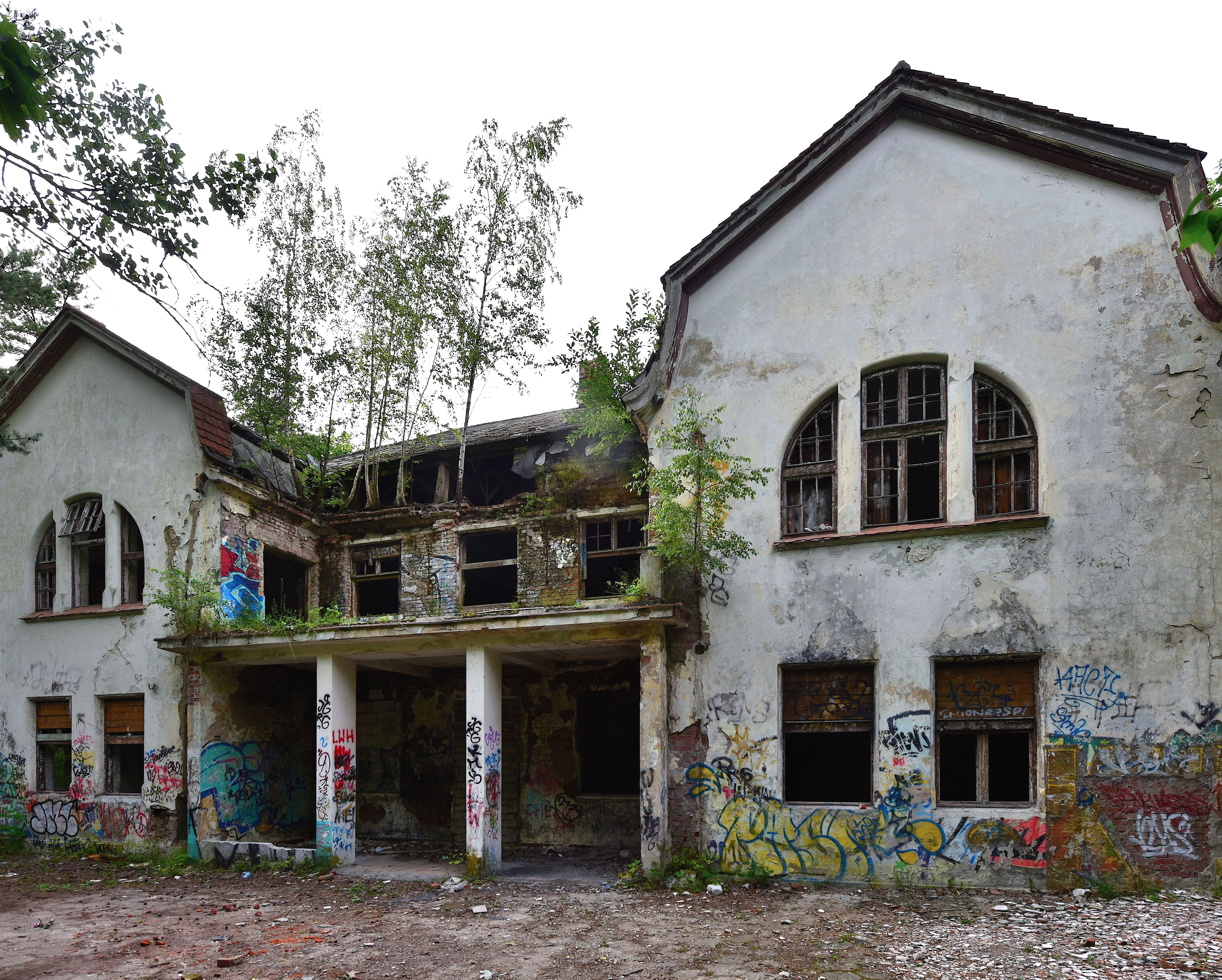
Sanatorium Under The Sign Of The Hourglass
A classic of Polish literature and famous work of magical realism, Sanatorium Under the Sign of the Hourglass (or The Hourglass Sanatorium, as we think it should be translated) takes the form of a collection of poetic short stories portraying a nostalgic but also nightmarish dream state. The narrator travels to see his recently-deceased father, though the Sanatorium in which his body rests is set back in time to where he is caught in his final moment of life. The narrator watches his father interacting with people and other bizarre moments where paranoia influences the dream state in some kind of feverish way. The hourglass of the title refers to the use of this object as a symbol in obituaries and death notices among the Poles. Author Bruno Schulz was also a very accomplished painter and he illustrated the work himself, in his own dark and abstract way. Acknowledged as one of the most brilliant Polish writers of the inter-war period, he was shot and killed by a German Nazi in 1942 while walking back home towards the ghetto in Drohobycz (now in Ukraine) with a loaf of bread.In addition to the beautiful prose of the book (read it!), Wojciech Jerzy Has's 1973 film version is also a picaresque and psychedelic feast for the eyes. Described by film critic Janet Maslin as "a masterpiece of the occult," the film was recently restored as part of the series Martin Scorsese Presents: Masterpieces of Polish Cinema and released on blu-ray with English subtitles. In a poll by the Łódź Museum of Film it was ranked as the 5th greatest Polish film of all time. Seek it out.
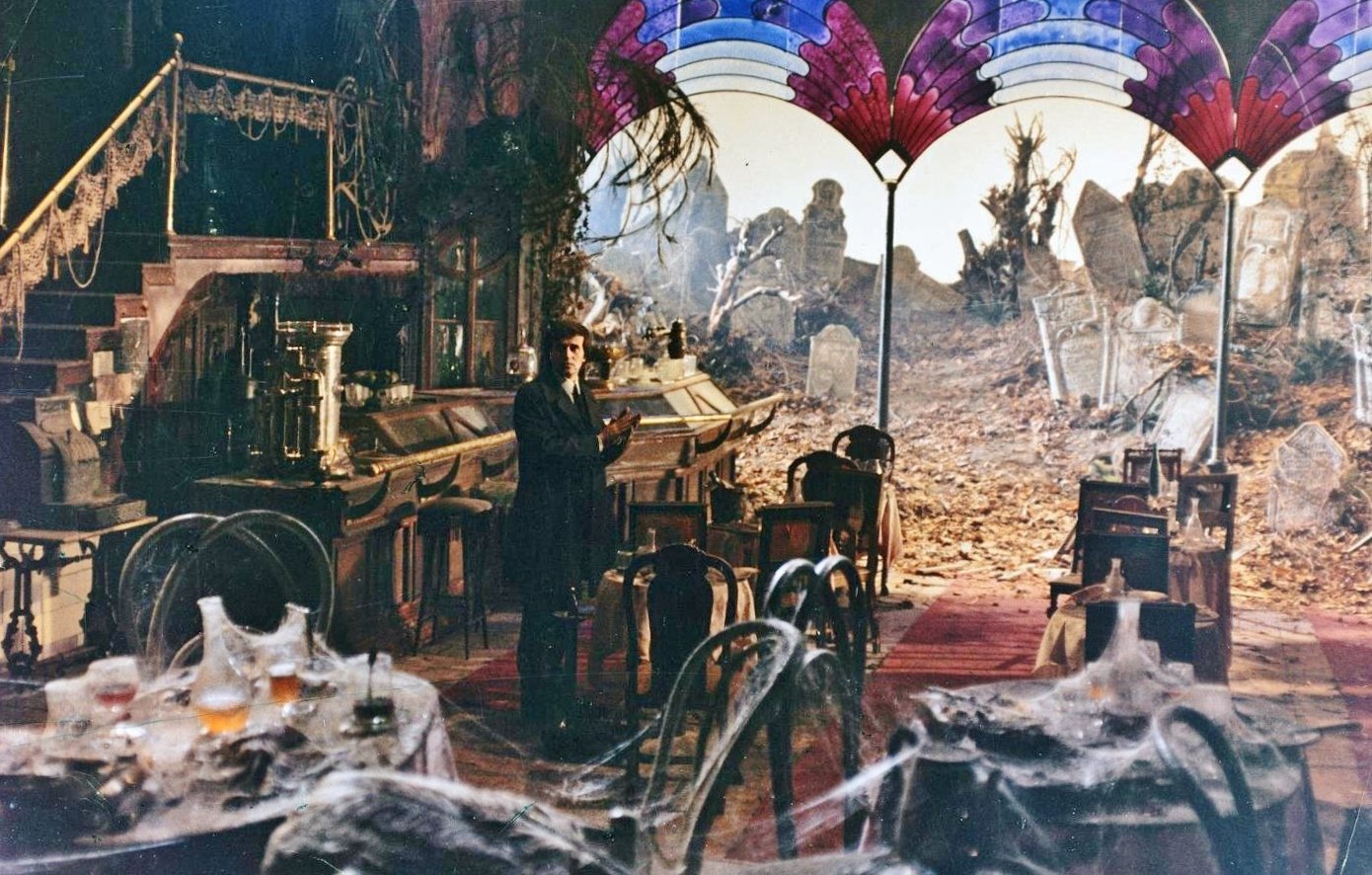





Comments